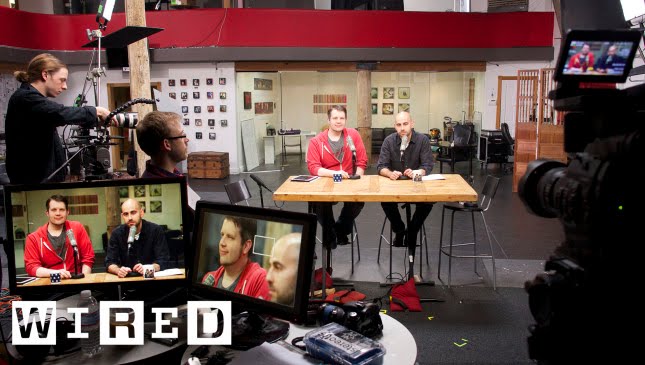Exploring Easter Eggs in Star Trek Picard
Summary
In this article, we delve into the use of Easter eggs in the first season of Star Trek Picard. We explore how some Easter eggs are obvious while others require deeper analysis to uncover. We also discuss the use of music and sound as Easter eggs and comment on the limitations of the universal translator in storytelling. We then shift to discussing various references and Easter eggs in Star Trek, including the use of a cortical implant and the beverage tranya. The overall tone of the conversation is one of nostalgia and appreciation for the franchise.
Table of Contents
- The Use of Easter Eggs in Star Trek Picard
- The Romulan Language and Easter Eggs
- Incorporating Characters and Species
- References and Easter Eggs in Star Trek
The Use of Easter Eggs in Star Trek Picard
Easter eggs have always been a staple of the Star Trek franchise, and Picard is no exception. In the show, some Easter eggs are obvious, such as the use of the Ressican flute in the opening credits. Others are more subtle and require deeper analysis to uncover, such as the Gorn Egg encryption signature, which is a reference to a conspiracy against having the Gorn in the show.
The speaker explains that not everything that appears to be an Easter egg is actually one, such as the Romulan greeting “Jolantr,” which is simply part of the show’s canon. They also comment on the limitations of the universal translator in storytelling, explaining how they were careful to use the Romulan language in situations where it made sense for the characters to speak it.
The Romulan Language and Easter Eggs
To create a language that was a true descendant of the Vulcan language, the show enlisted the help of a linguist named Trent Pearson. The Romulan language was created to fit within the established continuity of Star Trek. The speaker notes that the use of the Romulan language in the show is an Easter egg in itself, as it is a nod to the franchise’s history.
Incorporating Characters and Species
The speaker discusses the difficulty in incorporating certain characters and species into the show, such as the caitians. They also mention a character giving up their cortical implant in an episode, which may be considered an Easter egg or just consistent storytelling.
References and Easter Eggs in Star Trek
The conversation then shifts to various references and Easter eggs in Star Trek, such as the use of Harlan Ellison’s name and the naming of the Wallenberg-class transport after a Swedish diplomat who saved many Jews during World War II. The speaker also mentions the use of holographic advertisements in the show, which is a nod to the franchise’s past.
Conclusion
In conclusion, Easter eggs have always been a part of the Star Trek franchise, and Picard is no exception. The use of Easter eggs in the show is a nod to the franchise’s history and adds an extra layer of enjoyment for fans. The show’s careful attention to continuity and storytelling is evident in the use of the Romulan language and the incorporation of various characters and species. Overall, the use of Easter eggs in Star Trek Picard is a testament to the franchise’s enduring popularity and the love and appreciation of its creators.







